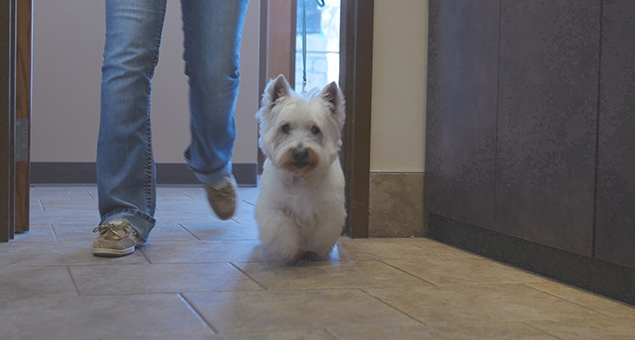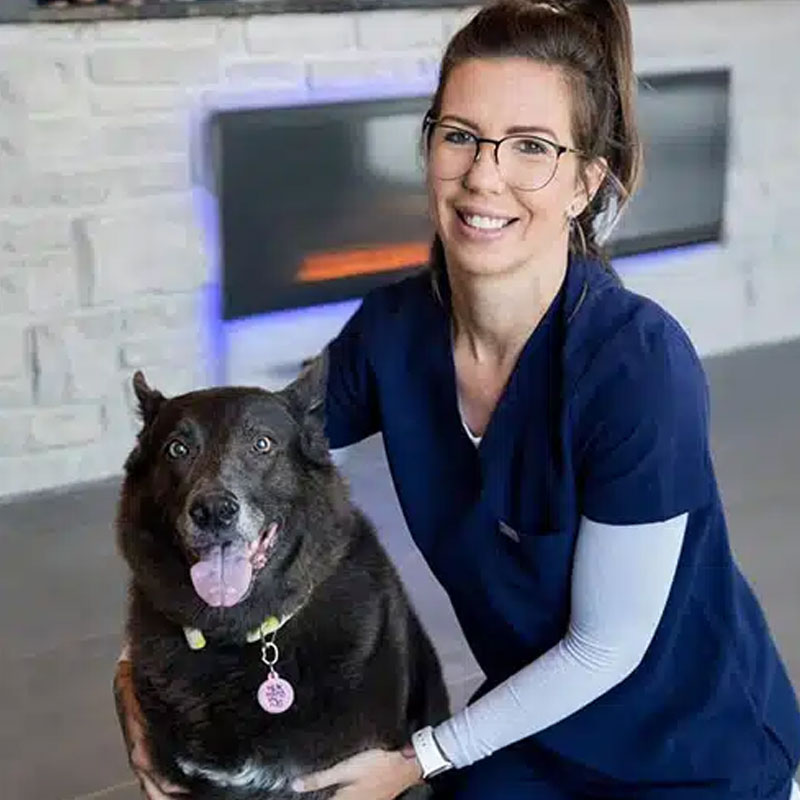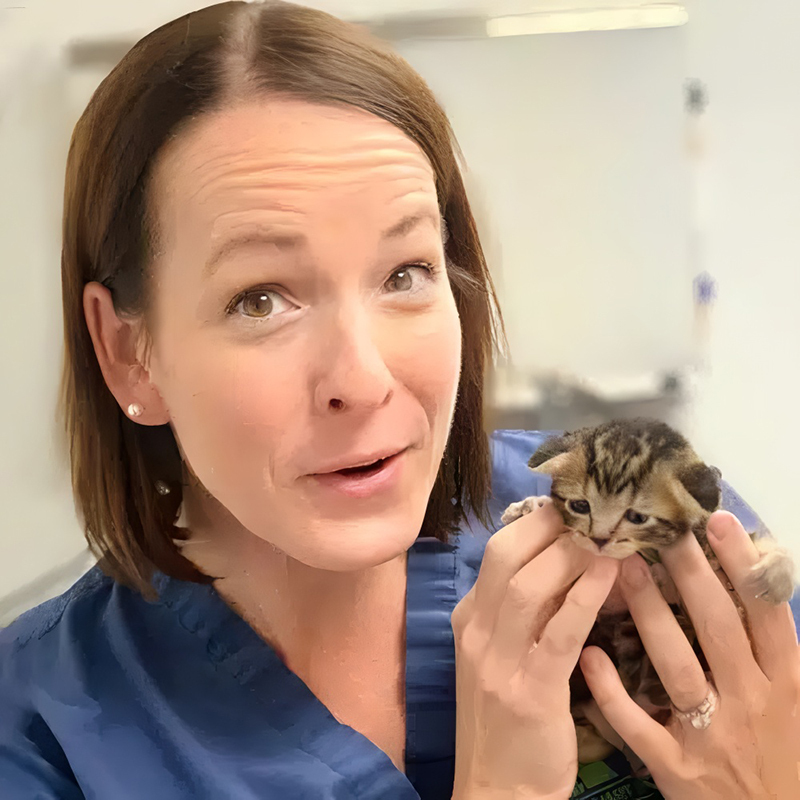Stabilizing the Unstable Patella
Surgical correction to support healthy movement and long-term joint health.

What is Patellar Luxation?
Patellar luxation—often called a “luxating patella”—is a condition where the kneecap (patella) slips out of its normal position in the groove of the femur. It’s most common in small-breed dogs, though it can affect larger dogs and even cats.

What Causes It?
The condition is usually congenital, meaning pets are born with anatomical abnormalities that predispose them to it. In some cases, trauma or injury can also cause the kneecap to dislocate













